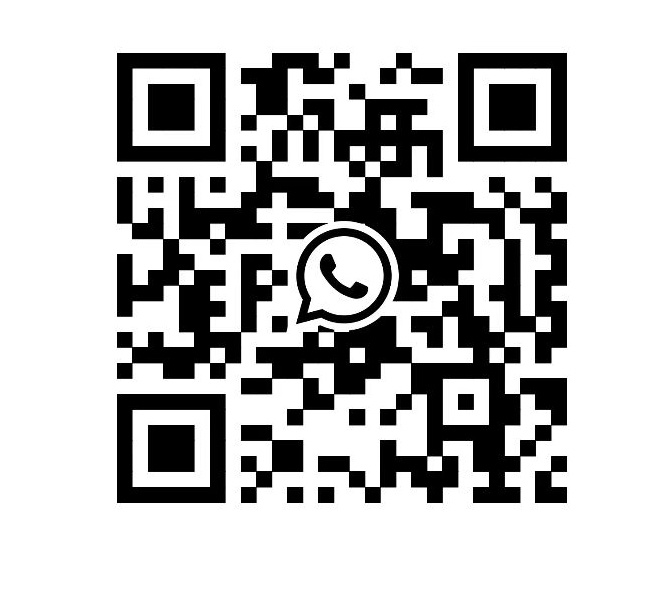Analysis of temperature and humidity requirements for laboratory equipment
Release Date:
2025-05-16 14:56
Laboratory equipment requires certain environmental factors as backup, as instruments need to operate in appropriate conditions. The metrological equipment in laboratories is mainly categorized into measuring devices for length, weight, mass, quality, etc. These devices are used infrequently, not on a daily basis; therefore, reasonable management of these devices becomes a key focus for laboratories. National standards JJF1069-2007 "Accreditation Criteria for Legal Metrological Verification Institutions" and DI-LAC/AC01:2005 "Accreditation Criteria for Testing and Calibration Laboratories' Competence" both set specific requirements and regulations for the environment of metrological equipment in laboratories. Furthermore, only by storing these devices in suitable environments can their service life be extended and their measurement accuracy guaranteed.
The main检测项目(detection items) for experimental equipment include biological disinfection, dust, electromagnetic interference, radiation, humidity, power supply, temperature, sound level, and vibration level, etc. By measuring and ensuring these aspects, the equipment can be adapted for technical activities related to relevant instruments. Temperature and humidity monitoring directly affects the service life of equipment. Temperature and humidity can be detected using a temperature and humidity recorder, or a self-recording temperature and humidity meter. While detecting temperature and humidity in the environment, this instrument can also detect illuminance in the environment, making it suitable for light intensity measurement inside laboratories. Therefore, in laboratory equipment management, the most important aspect is the control of temperature and humidity, and sometimes even the control of illuminance, specifically the illuminance from fluorescent lamps. This is because the illuminance from fluorescent lamps can also affect the instrument's use and even its lifespan. In such cases, we need another instrument that can measure illuminance, such as a temperature and illuminance recorder. This instrument is capable of measuring both temperature and illuminance.
Internal and external laboratory environmental factors, such as temperature and humidity, can cause instability in equipment performance, severely impacting the management reliability of metrological equipment. When using a temperature and illuminance recorder for monitoring, detection can be performed manually, or through computer-locked and automatic monitoring modes. Most notably, there is a data analysis software compatible with the temperature and illuminance recorder, which can analyze measurement results. It can combine the analysis curves of measurement results with weather changes and seasonality to understand the linear relationship between them. This allows for early prevention and provides excellent assistance for temperature and humidity changes and monitoring.
Product Inquiry Hotline:
Agent Franchise Inquiry:
Address:
Rooms 101, 103, 105, Building D, Jianye Building, No. 96 Xiangxing Road, Xiang'an Industrial Zone, Xiamen Torch High-tech Zone
COOKIES
Our website uses cookies and similar technologies to personalize the advertising shown to you and to help you get the best experience on our website. For more information, see our Privacy & Cookie Policy
COOKIES
Our website uses cookies and similar technologies to personalize the advertising shown to you and to help you get the best experience on our website. For more information, see our Privacy & Cookie Policy
These cookies are necessary for basic functions such as payment. Standard cookies cannot be turned off and do not store any of your information.
These cookies collect information, such as how many people are using our site or which pages are popular, to help us improve the customer experience. Turning these cookies off will mean we can't collect information to improve your experience.
These cookies enable the website to provide enhanced functionality and personalization. They may be set by us or by third-party providers whose services we have added to our pages. If you do not allow these cookies, some or all of these services may not function properly.
These cookies help us understand what you are interested in so that we can show you relevant advertising on other websites. Turning these cookies off will mean we are unable to show you any personalized advertising.
-
WhatsApp












